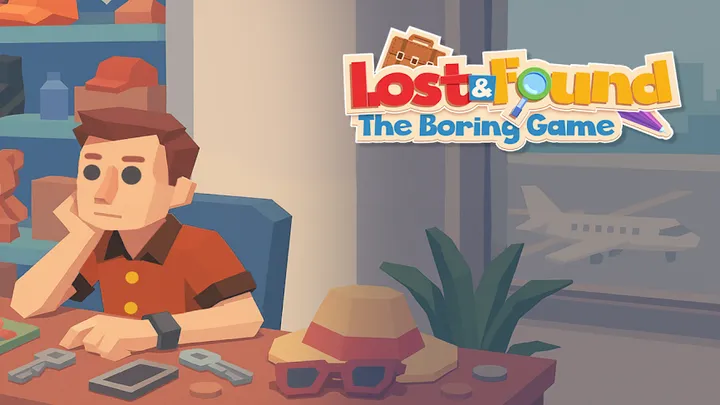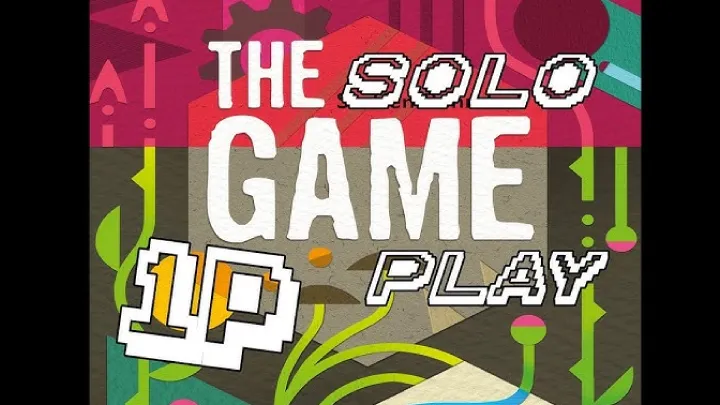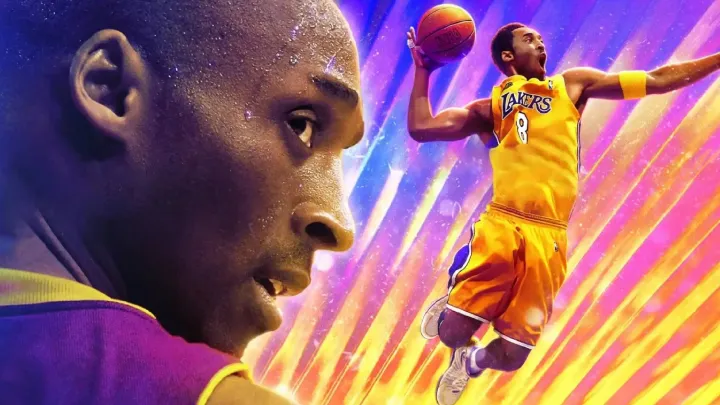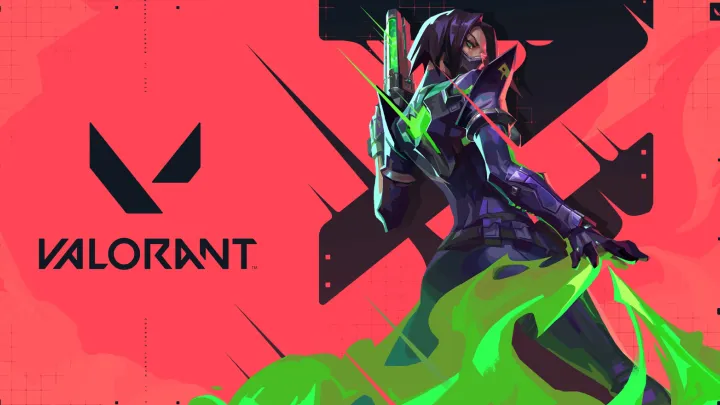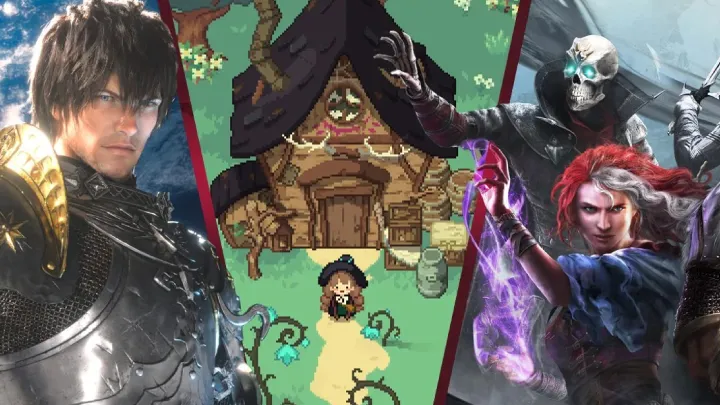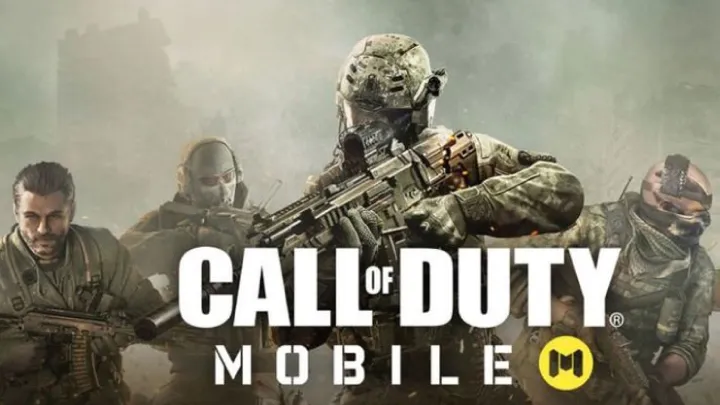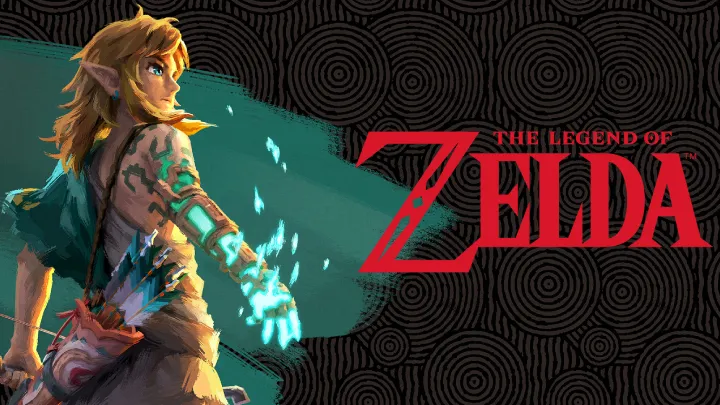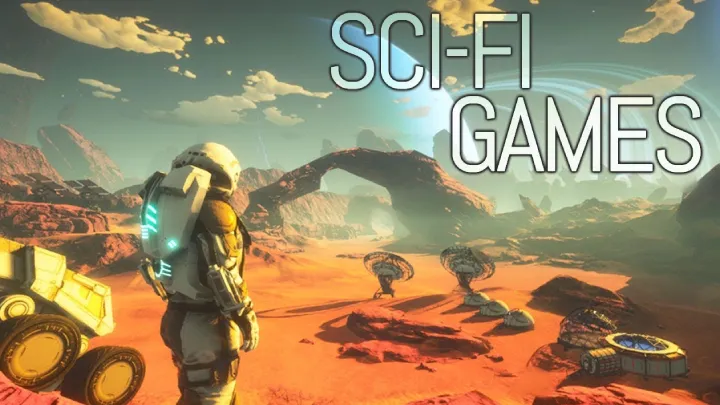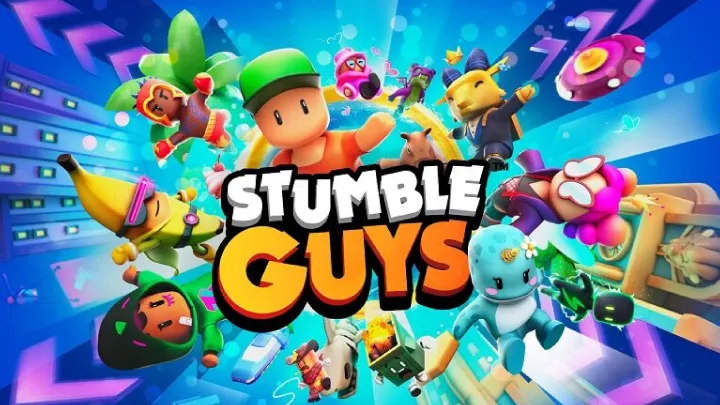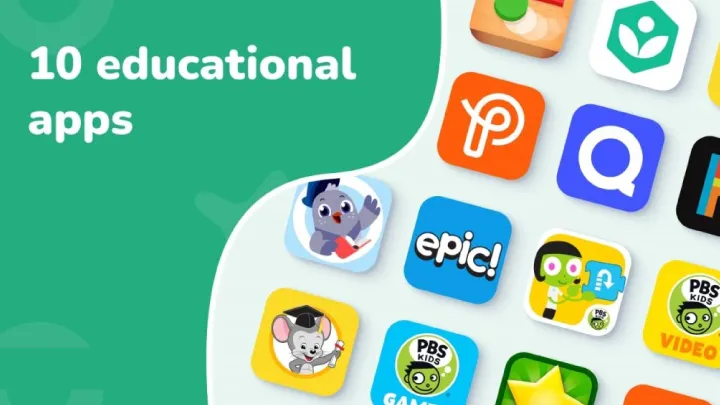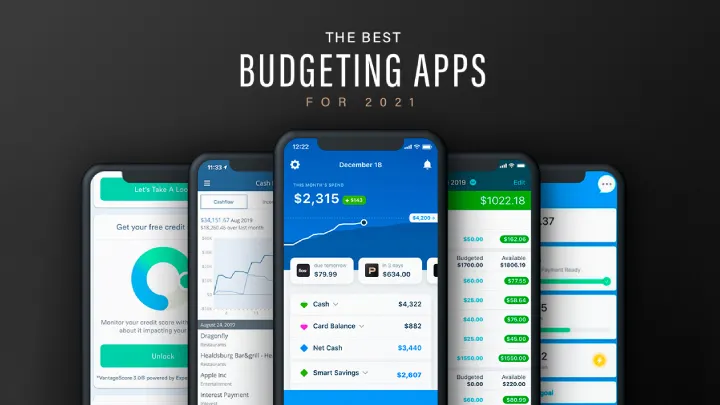NBA 2K24 is more than a yearly sports release; it’s an evolving digital ecosystem. What keeps players returning week after week isn’t just the basketball simulation itself—it’s the live-service structure that wraps around it. Seasons and live updates have transformed the way the game is consumed, blending sports tradition with digital progression loops. This article explores in depth how these systems extend the life cycle of NBA 2K24, keeping it relevant months after launch.
The Origins of Seasonal Structures in NBA 2K
Seasonal content in NBA 2K wasn’t always the standard. Earlier entries relied solely on MyCareer storylines and offline franchise play. With the rise of live-service gaming, 2K adopted a seasonal framework starting in NBA 2K21, adapting ideas from battle passes in shooters and MMOs.
This shift marked the franchise’s transition from static yearly releases to a more ongoing engagement model. NBA 2K24 refines this concept further, using Seasons not just as a reward track but as a constant pulse of content that resets and refreshes player goals.
How Seasons Shape Player Progression
Progression in NBA 2K24 is directly tied to Seasons. Instead of endlessly grinding with no clear milestones, Seasons provide 40 tiers of rewards that reset every cycle.
Player Motivation
- Short-term: Daily XP boosts and events.
- Medium-term: Seasonal goals (e.g., reaching Level 40).
- Long-term: Yearly pursuit of accumulating rewards across all Seasons.
This tiered approach gives players a reason to log in consistently, creating urgency that traditional sports titles lacked.
The Role of Live Updates in Gameplay Balance
Unlike past NBA 2K games where balance issues lingered until the next yearly release, NBA 2K24 employs live tuning updates. Shooting percentages, defensive mechanics, and stamina drain can be adjusted on the fly.
Advantages
- Keeps gameplay competitive and fresh.
- Responds to community feedback faster.
Challenges
- Frequent changes can alienate casual players.
- Competitive players must constantly relearn meta strategies.
Seasonal Rewards and Their Psychological Impact
The rewards in each Season—cosmetics, animations, XP boosts, and exclusive cards—fuel progression. This system taps into behavioral psychology:
- Scarcity: Items locked behind time-limited windows.
- Status: Showing off exclusive animations in The City.
- Mastery: Encouraging completionists to grind all 40 levels.
NBA 2K24 blends these motivators with basketball culture, ensuring that rewards feel both aspirational and tied to the sport.
Community Engagement Through Seasonal Events
Seasons are not just about grinding—they’re about community-building events like Rival Day, Park After Dark, or themed challenges tied to real NBA milestones.
Benefits of Events
- Create appointment-style play.
- Encourage co-op and competition.
- Reflect real-world NBA rhythms (All-Star Weekend, Playoffs).
This synergy between the virtual court and real basketball strengthens NBA 2K24’s cultural relevance.
Monetization and the Business of Seasons
Behind the fun lies business strategy. Seasons drive Virtual Currency (VC) purchases, encouraging players to upgrade builds faster or unlock cosmetics tied to the seasonal timeline.
Revenue Streams
- VC for MyCareer progression.
- MyTeam card packs synced with Season drops.
- Cosmetic purchases tied to limited-time offers.
NBA 2K24 uses Seasons not just as content but as a monetization funnel, blending free rewards with incentives to spend.
Live Updates as Cultural Commentary
NBA 2K24’s live updates don’t only balance gameplay—they reflect real-world NBA events. A player’s hot streak or slump may influence MyTeam cards or in-game ratings.
Examples
- Dynamic Ratings Updates: Players’ performance in real life mirrored in the game.
- Content Synergy: Special cards or cosmetics tied to NBA anniversaries, records, or trades.
This fusion ensures that NBA 2K24 acts as a living companion to the NBA season itself.
The Competitive Scene and Seasonal Longevity
For competitive players, Seasons define meta-shifts. Each content drop changes dominant strategies in The Rec, Pro-Am, or MyTeam Unlimited.
Impacts on Esports
- Keeps competitive play dynamic.
- Challenges pro players to adapt quickly.
- Creates excitement in tournaments, where new metas emerge live.
Without these updates, competitive 2K would stagnate, reducing its watchability and relevance.
Criticisms of the Seasonal Model
While Seasons extend longevity, not all feedback is positive.
Key Criticisms
- FOMO (Fear of Missing Out): Players feel pressured to grind.
- Pacing Issues: Rewards may feel underwhelming compared to grind required.
- Over-Reliance on VC: Some content feels locked behind microtransactions.
Balancing retention with player satisfaction remains NBA 2K24’s greatest challenge.
The Future of Seasons and Live Updates in NBA 2K
Looking ahead, NBA 2K’s seasonal and live-update structure seems poised to expand further. We may see:
- Cross-seasonal storylines tying into MyCareer arcs.
- More real-time NBA integration (injuries, trades, stats).
- Dynamic esports-focused Seasons to align with competitive schedules.
NBA 2K24 demonstrates that the franchise is no longer just a yearly release but an always-live platform shaped by community and culture.
Conclusion: Why Seasons Secure NBA 2K24’s Longevity
Seasons and live updates ensure NBA 2K24 remains relevant months after launch, transforming it into a living platform rather than a static product. They keep players engaged, build community culture, fuel monetization, and reflect the rhythms of the NBA itself. While the model brings challenges of FOMO and monetization, it undeniably secures the game’s longevity by making every week feel like a new tip-off.







